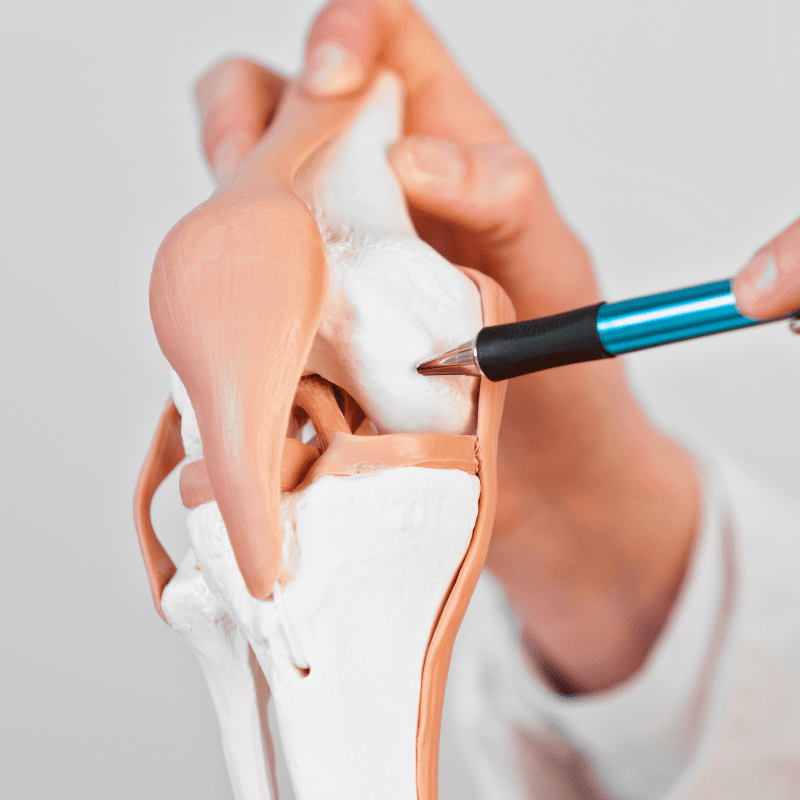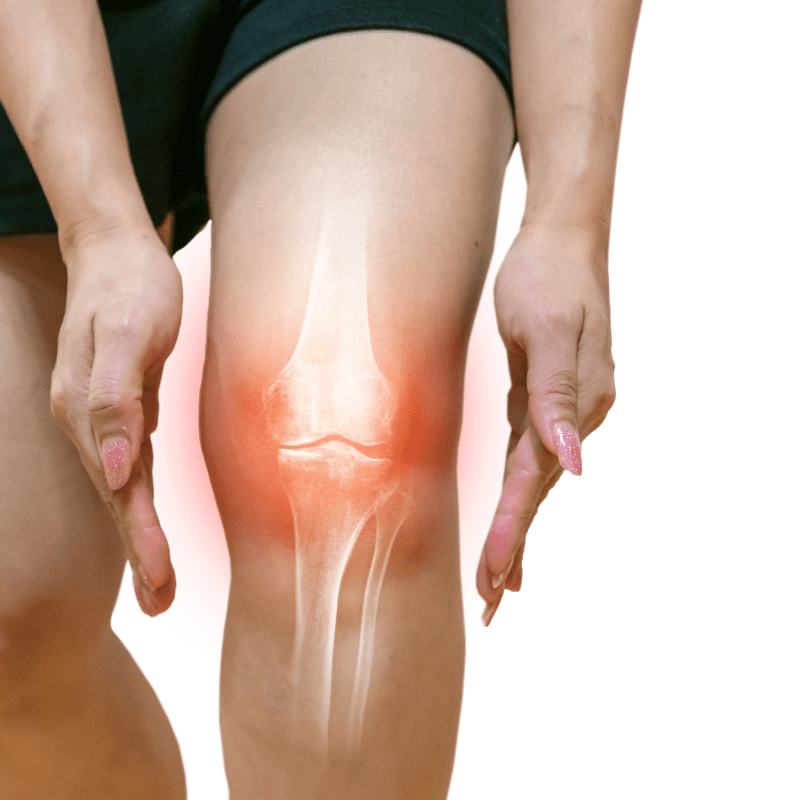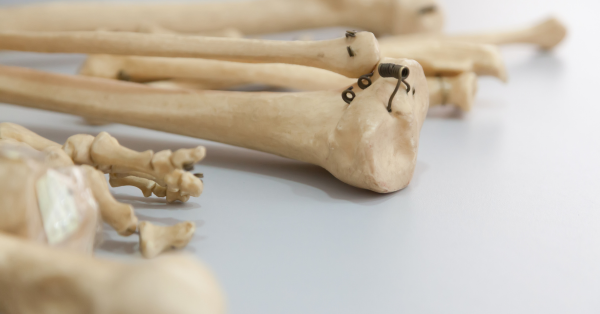There are more than 100 joints in the human body. Without joints, the human skeleton would be inflexible, and one would not be able to sit, stand, or run. The key to maintaining joint health is cartilage.
Joints and Cartilage
Joints
Human joints are located in the knuckles, wrists, elbows, knees, ankles, and the parts where the shoulders are joined to the arms and the hips to the legs. In other words, joints are the points at which bones meet.
There are three main types of joints. Fibrous joints, such as the bones of the skull, are generally immovable. Synovial joints (including elbows, fingers, hips, and knees) allow for the greatest movement and are the joints most frequently affected by osteoarthritis.
Cartilage
Cartilage is smooth, rubber-like padding that covers the ends of the bones to prevent them from rubbing painfully against each other and to absorb shock during movement.
Cartilage may be damaged through wear and tear over time, sports activities, or traumatic injuries. Damaged cartilage does not heal as quickly as damaged skin or muscles because cartilage does not have its own blood supply, and blood cells help to repair damaged tissue.

Joint Problems
Joint Pain
As a person grows older, cartilage breaks down and becomes thin, resulting in joint friction, pain, and stiffness. That is why joint pain is very common in older people.
Joint pain can also strike the young through damage by injury or disease. When debilitating joint pain robs people of their ability to move pain-free, their quality of life takes a serious hit.
One of the most common causes of joint pain is arthritis – the inflammation of a joint often characterized by swelling, heat, pain, and difficulty moving. Although arthritis is often considered a condition that affects only older people, it can also occur in children and teens. Two of the most common forms of arthritis are osteoarthritis and rheumatoid arthritis.
Osteoarthritis
Do not confuse osteoarthritis and osteoporosis. The latter is a condition in which bones lose calcium and become more likely to break.
Osteoarthritis (also known as degenerative joint disease) is a painful condition that arises when cartilage begins to wear away with age or overuse. Without the cushioning protection of cartilage bones begin to rub against each other. The resulting friction leads to pain and swelling.
Although osteoarthritis can occur in any joint, it most often affects the hands, feet, spine, and weight-bearing joints such as the knees and hips.

In the U.S., osteoarthritis is the most common form of arthritis and one of the leading causes of chronic disability. An estimated 27 million adults in the U.S. had osteoarthritis in 2005. About 100,000 people are unable to walk because of severe osteoarthritis of the hips or knees. Osteoarthritis affects over 8 million people in Britain.
Osteoarthritis gradually worsens with time, and no known cure exists. However, treatments can help to relieve pain and help one to remain active. Standard treatments usually involve non-steroidal anti-inflammatory drugs (NSAIDs), which provide pain relief but do not stop the progress of osteoarthritis. NSAIDs, however, can also cause gastric problems.
Rheumatoid arthritis
Rheumatoid arthritis is a chronic inflammation of the joints, most commonly in the wrist and fingers. It is an autoimmune disease, which results when a person’s immune system attacks his or her body’s own tissues. Rheumatoid arthritis can strike at any age and can even affect children (juvenile rheumatoid arthritis). More women than men get rheumatoid arthritis. Rheumatoid arthritis is different from osteoarthritis in that it can affect body parts besides joints, such as the eyes, mouth, and lungs.
To find out more about products that help to improve and strengthen joints and bones, do visit >> Nuewee Pure Collagen Hydrolysate

